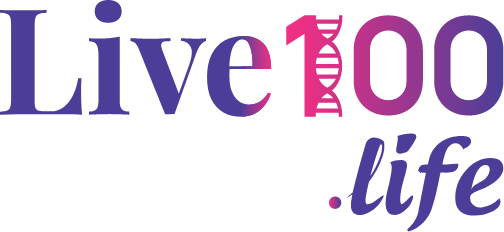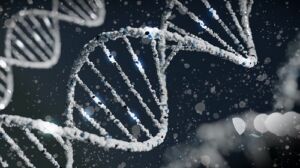Proteins are large, complex molecules that play many critical roles in the body. Genes contain the necessary information needed to make proteins. Protein production from genes involves two processes: transcription and translation.
Transcription is the process of making an RNA copy of a gene’s DNA sequence. The RNA that contains information for making proteins is called messenger RNA (mRNA). Transcription process takes place in the nucleus of the cell.

The process by which DNA is copied to RNA is called transcription, and that by which RNA is used to produce proteins is called translation.
(The central dogma of molecular biology is a theory stating that genetic information flows only in one direction, from DNA, to RNA, to protein, or RNA directly to protein.)
Knowledge Plus
What is the importance of transcription and translation?
The DNA acts as a template for developing vital proteins in the body. The purpose of transcription is to make RNA copies of DNA which code for protein synthesis. The purpose of translation is to synthesize proteins from the RNA, which are used for numerous bodily functions. The two process processes ensure that the sequence of amino acids which form the proteins is appropriate and that they are able to carry out their functions adequately.




